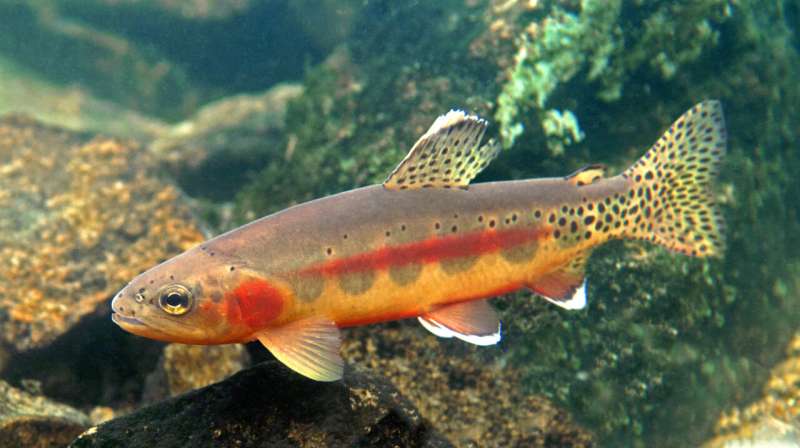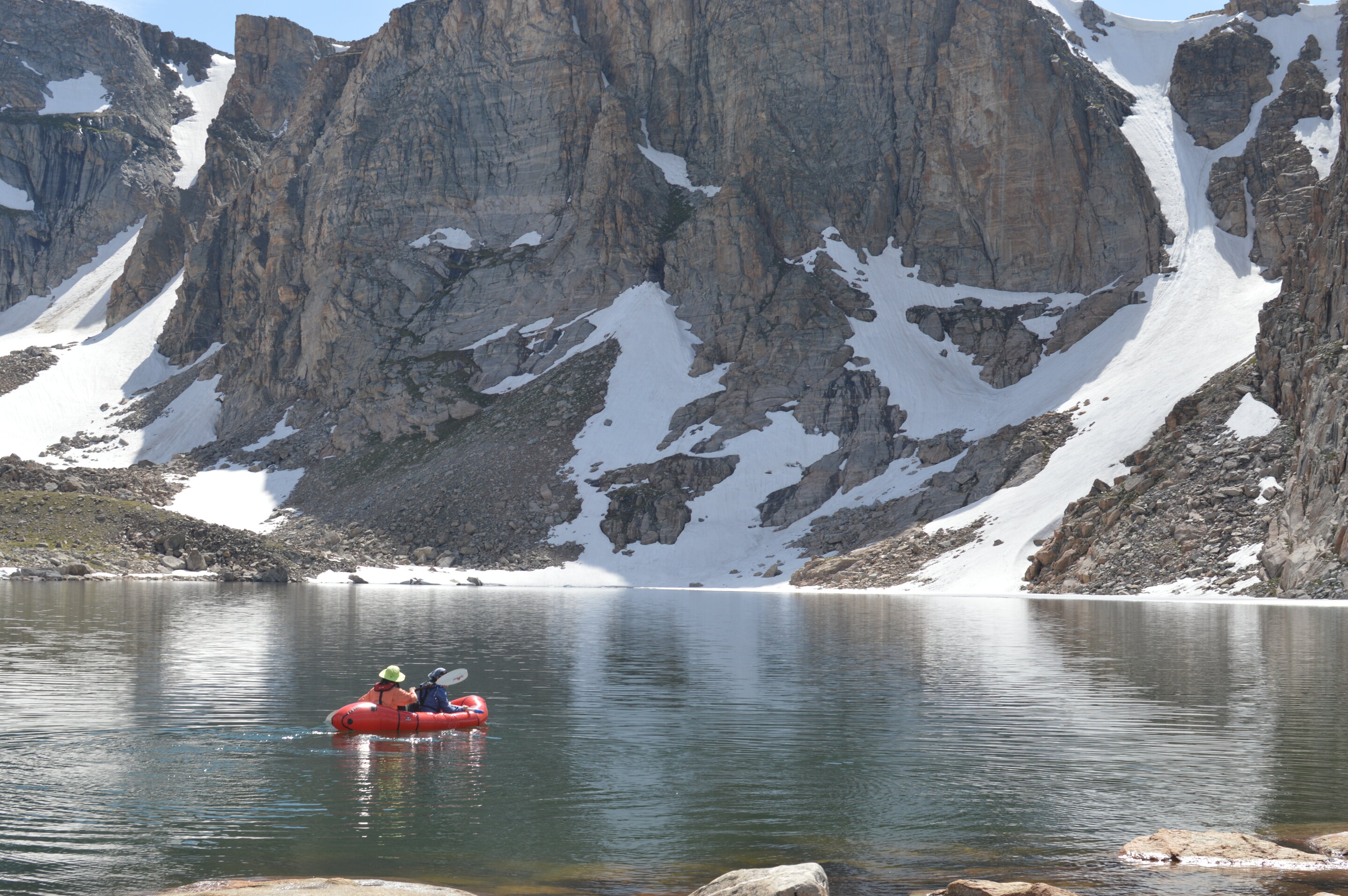The lakes in Wyoming’s Wind River Mountains historically lacked fish. However, the introduction of trout stocking in the early 1900s resulted in numerous lakes now thriving with fish populations. Some of these populations have sustained themselves through natural reproduction for several decades.
This transformation has provided researchers with an opportunity to study the ecological changes in alpine lakes that were once devoid of fish. These lakes now attract anglers who embark on long hikes to pursue cutthroat trout and rare golden trout.
Prior research revealed that the introduction of fish in the Wind River lakes caused a decline in zooplankton size, which is a crucial food source for trout. Now, scientists from the University of Wyoming have discovered that the fish themselves have adapted to their new environment through a process of rapid evolution. This adaptation sheds further light on the impacts of introducing invasive species.
In a paper published in the journal Evolution, the researchers wrote, “These findings have important implications for understanding the capacity of even small founding populations to respond to novel ecological and evolutionary pressures in the face of rapid environmental changes.”
Between 2018 and 2021, the researchers collected fish from 18 lakes in the Wind River Mountains that had been stocked with Yellowstone cutthroat trout and golden trout. Their investigations included lakes with fish populations established decades ago, as well as more recently stocked populations. The researchers compared these fish to golden and cutthroat trout bred in hatcheries by the Wyoming Game and Fish Department.
The study revealed that trout from lakes that were stocked decades ago in the Wind Rivers have a higher number of gill rakers. Gill rakers are bony or cartilage structures in the fish’s gullets that act as sieves, retaining zooplankton to nourish the trout. According to the researchers, this difference is likely a result of the trout adapting to the food sources available in the high-mountain lakes. This evolutionary change occurred relatively quickly and at a rate consistent with the timing of the lakes’ stocking history.

These findings serve as evidence that eco-evolutionary interactions play a critical role in ecosystem ecology. The researchers concluded, “Our observations provide insight into the pattern and timing of adaptive changes that result from human interference and inform our understanding of the role that evolution may play in facilitating adaptation to dynamic, resource-poor environments.”
The University of Wyoming team’s research in the Wind River Range’s alpine lakes is ongoing. While this paper has answered some questions about the ecology and evolution of organisms in these environments, it has also sparked new inquiries. Ongoing work focuses on examining the changes in zooplankton communities following fish introduction and using genetics to identify the source populations from which cutthroat trout were stocked in the Wind Rivers.
Additionally, the scientists’ work, connected to UW’s WyACT: Wyoming Anticipating Climate Transitions project, explores how climate-driven changes may impact the ecology and evolution of alpine lake ecosystems. The alpine lakes in the Wind Rivers are considered a valuable asset to Wyoming, and the research aims to enhance our understanding of the ecological and evolutionary processes that have shaped them.
More information:
Lucia L Combrink et al, Parallel shifts in trout feeding morphology suggest rapid adaptation to alpine lake environments, Evolution (2023). DOI: 10.1093/evolut/qpad059
Citation:
Researchers find evolutionary adaptation in trout of Wyoming’s Wind River Mountains (2023, July 31)
retrieved 31 July 2023
from https://phys.org/news/2023-07-evolutionary-trout-wyoming-river-mountains.html
This document is subject to copyright. Apart from any fair dealing for the purpose of private study or research, no
part may be reproduced without the written permission. The content is provided for information purposes only.
Denial of responsibility! TechCodex is an automatic aggregator of the all world’s media. In each content, the hyperlink to the primary source is specified. All trademarks belong to their rightful owners, and all materials to their authors. For any complaint, please reach us at – [email protected]. We will take necessary action within 24 hours.

Jessica Irvine is a tech enthusiast specializing in gadgets. From smart home devices to cutting-edge electronics, Jessica explores the world of consumer tech, offering readers comprehensive reviews, hands-on experiences, and expert insights into the coolest and most innovative gadgets on the market.


